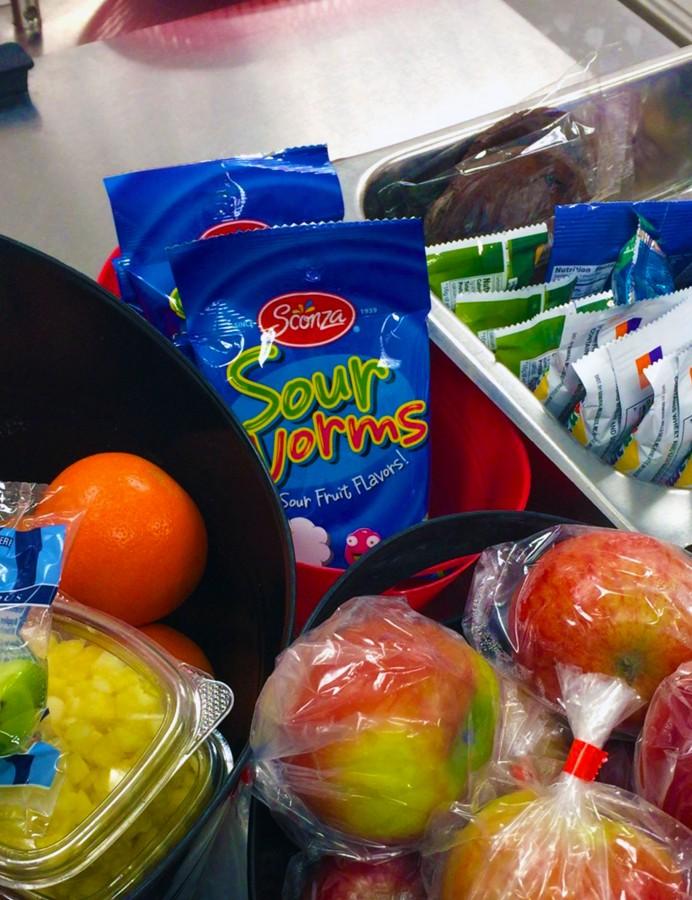How healthy are eating options at school?
In 2011, according to the CDC, it was calculated that about 31.8 percent of adolescents were either overweight or obese in the United States. A lot of this may be blamed on the food they are getting at home, but more importantly their limited nutritious choices at school.
Society has been well aware of this situation yet ironically the schools chose to lower the prices of sour worms, from $1.50 to $1.00 and increase the amount of water bottles from $1.00 to $1.25 at school vending machines earlier this year.
Many of the healthier food options provided are overpriced, which results to students needing to purchase the cheaper foods that are fatty, sugary and high in calories. Not enough schools offer healthy food options in their cafeterias or vending machines that are, price wise, equivalent to the unhealthy products in their cafeterias, which leads to students having limited affordable choices.
Malnutrition can play a big role in student performances outside and during school.
So why is it that when we try to maintain a healthy weight, healthy food prices skyrocket? It’s always a challenge when you have to chose between a burger and a salad or water and juice.
According to the U.S. National Library of Medicine, nutritional deficiencies specifically with iron and calcium can pose short or even long-term risks throughout their lives. In children and teenagers who are still growing, the lack of energy consumption may be associated with growth declination.
At the Johns Hopkins Bloomberg School of Public Health, a study showed that nearly six out of 10 students will not even touch the healthy food options provided for them on their plate. From this you may conclude that certain eating habits, for instance the junk food choices provided in the vending machines, could start from a young age and if not change could lead to serious damage throughout their lives.
Your donation will support the student journalists of Woodbridge High School. Your contribution will allow us to purchase equipment and cover our annual website hosting costs.







